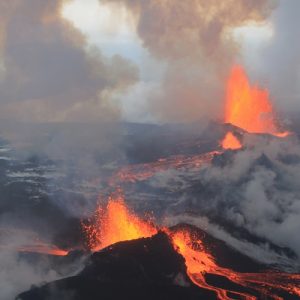UNESCO adds 15 new Geoparks, not a single from India
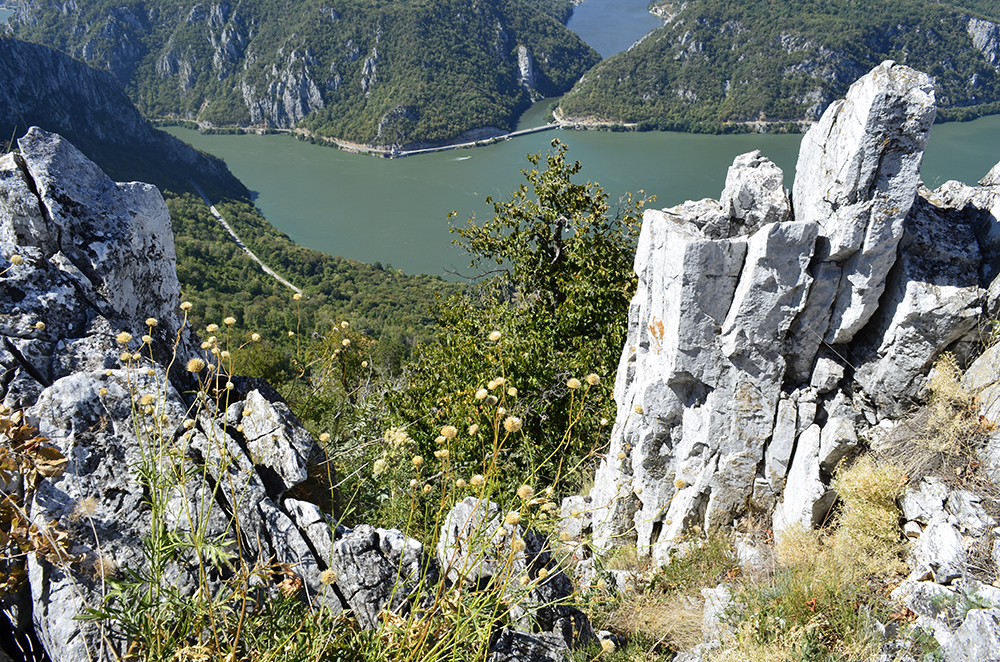

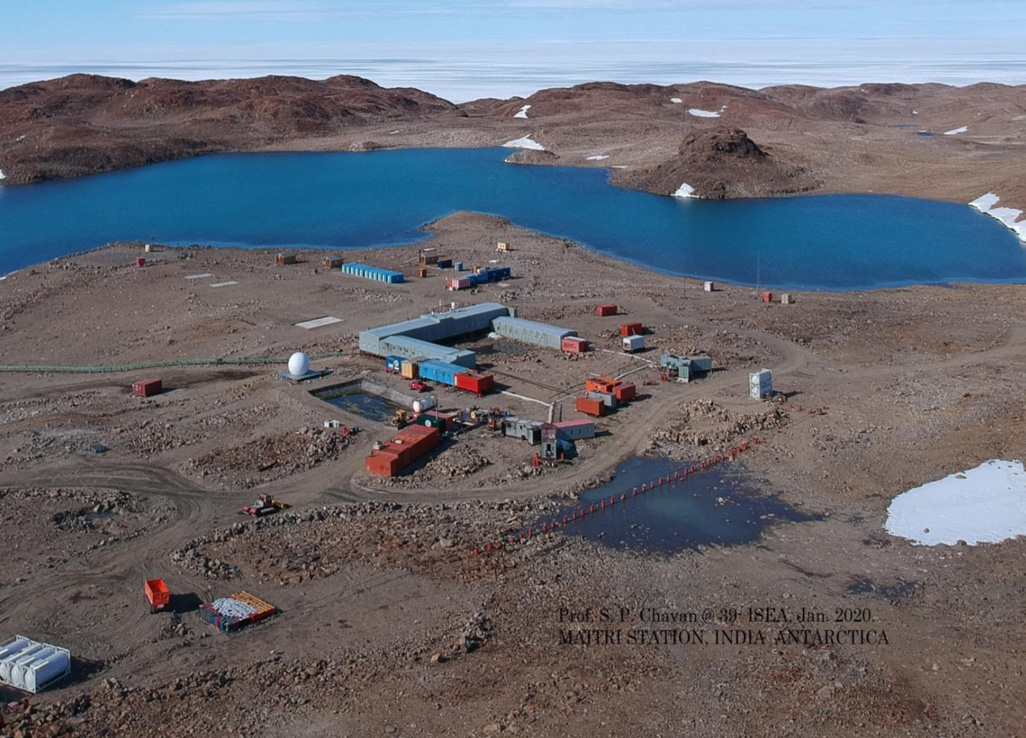
India is set to embark on a new chapter in its Polar exploration journey with the construction of Maitri II. The Indian government plans to establish a new research station near the existing Maitri ba...
.png )
The Deep Ocean Mission (DOM), approved by the Government of India in 2021 under the Ministry of Earth Sciences (MoES), represents a strategic step in realizing Sustainable Development Goal 14 (SDG 14:...
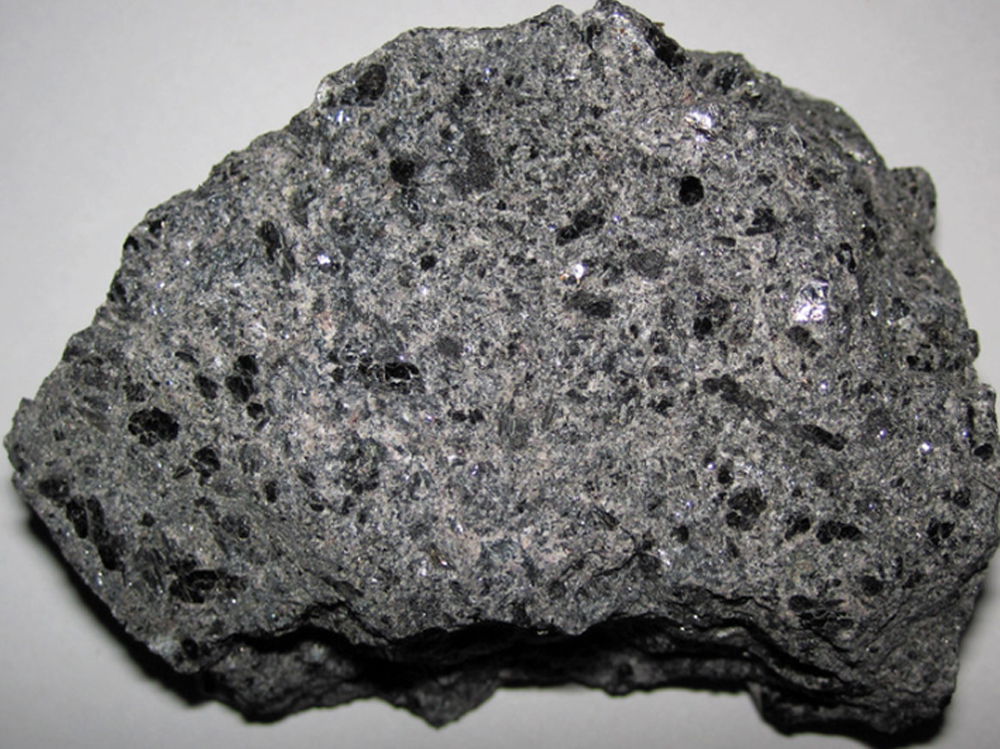
China recently announced restrictions on the export of seven rare earth elements (REEs), soon after US President Donald Trump decided to impose tariffs. As the world's dominant supplier—responsible fo...
<p>Fifteen new areas have been designated as the Global Unesco Geoparks. Out of 161 geoparks in the world, not a single belongs to India. Despite having several astoundingly beautiful geoheritage site...
<p>“A Phenomenon whereby a saturated or partially saturated soil substantially loses strength and stiffness in response to an applied stress, usually earthquake shaking or other sudden change in stres...
<p>A volcano is the emission of lava, ash and gases from deep under the earth’s surface through a crack on the surface of the earth. According to the Plate Tectonic Theory, the earth’s lithosphere (wh...
<p>Ice Age is one of the most famous animated film series that deals with the life and struggles of animals that had been part of the earth’s biodiversity during the ice age.</p>
<p>Fifteen new areas have been designated as the Global Unesco Geoparks. Out of 161 geoparks in the world, not a single belongs to India. Despite having several astoundingly beautiful geoheritage sites, India lacks a proper conservation mechanism to help place them on the world map.</p>

<p>“A Phenomenon whereby a saturated or partially saturated soil substantially loses strength and stiffness in response to an applied stress, usually earthquake shaking or other sudden change in stress condition, causing it to behave like a liquid” is called Soil Liquefaction (Hazen,1918).</p>
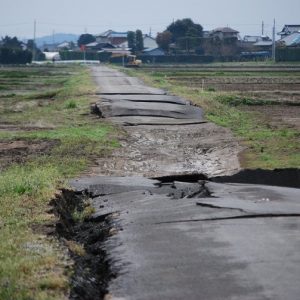
<p>A volcano is the emission of lava, ash and gases from deep under the earth’s surface through a crack on the surface of the earth. According to the Plate Tectonic Theory, the earth’s lithosphere (which includes the crust and upper mantle) is made of tectonic plates.</p>
